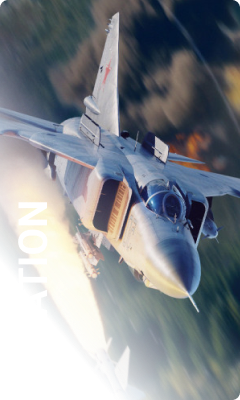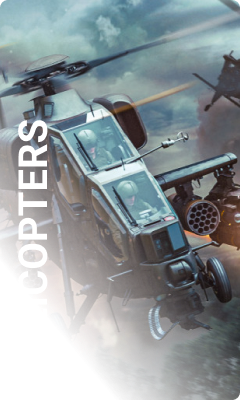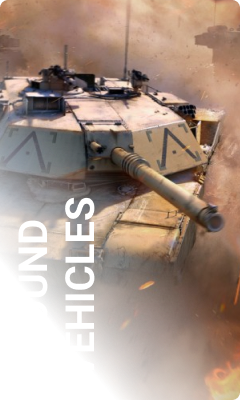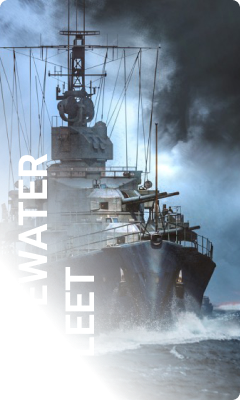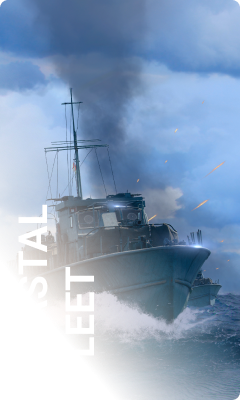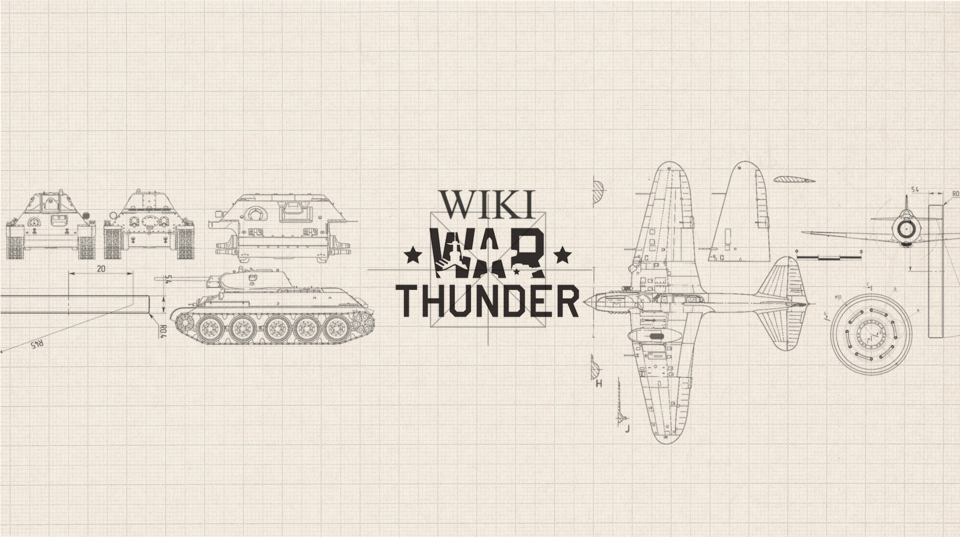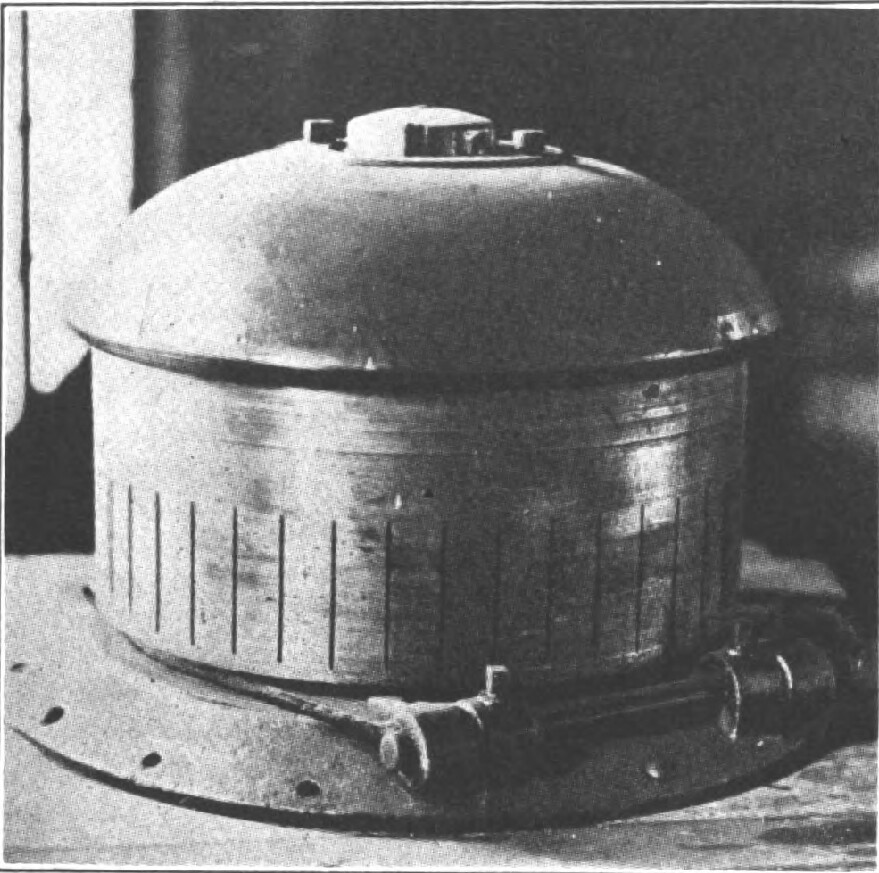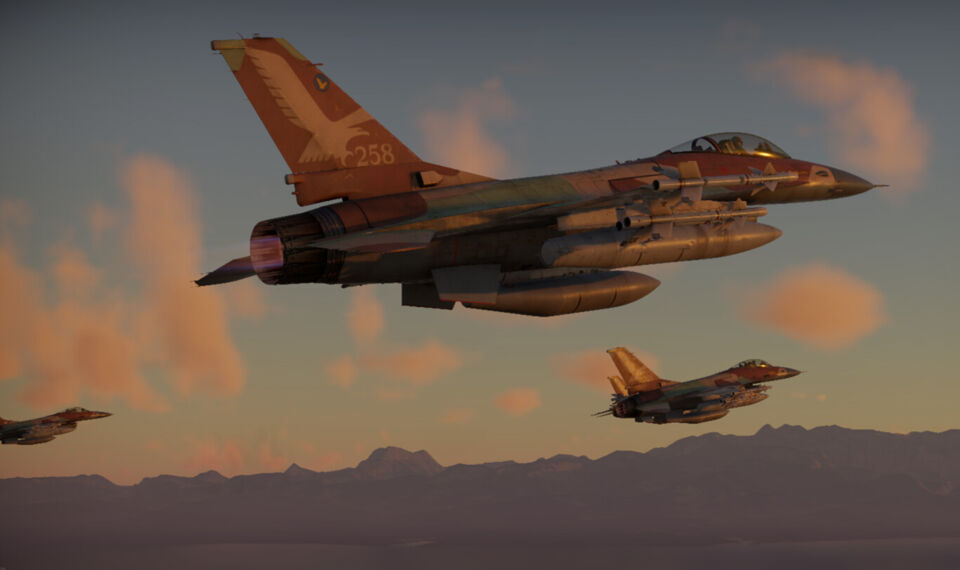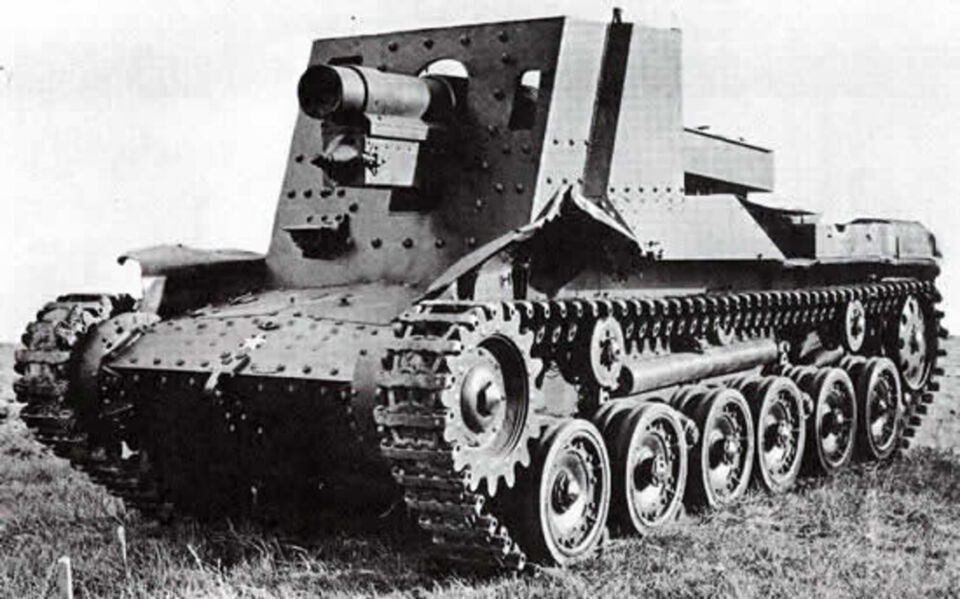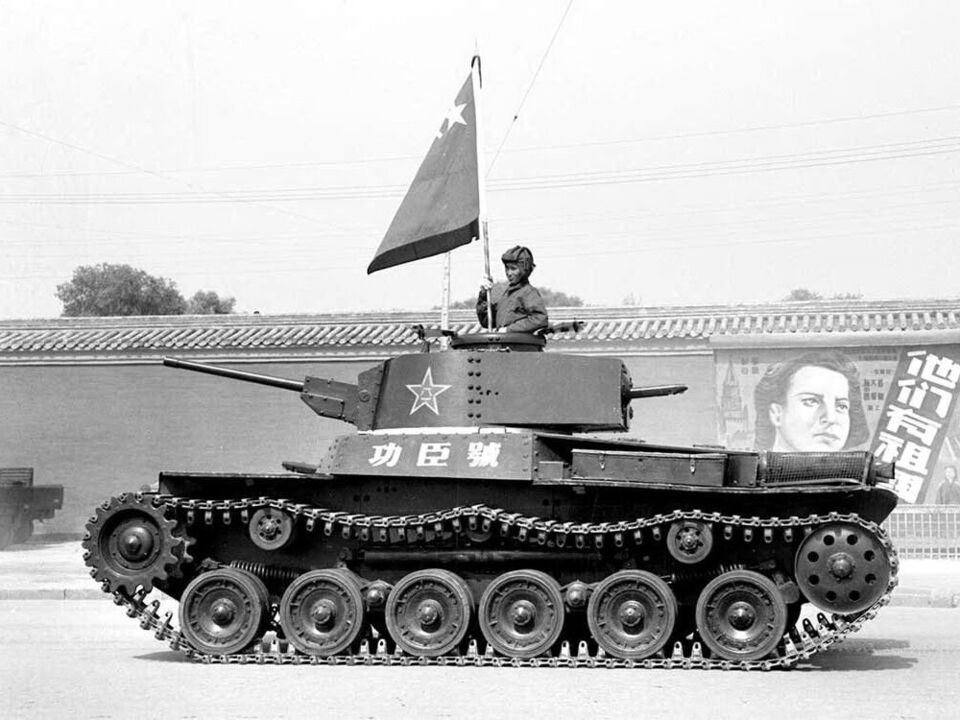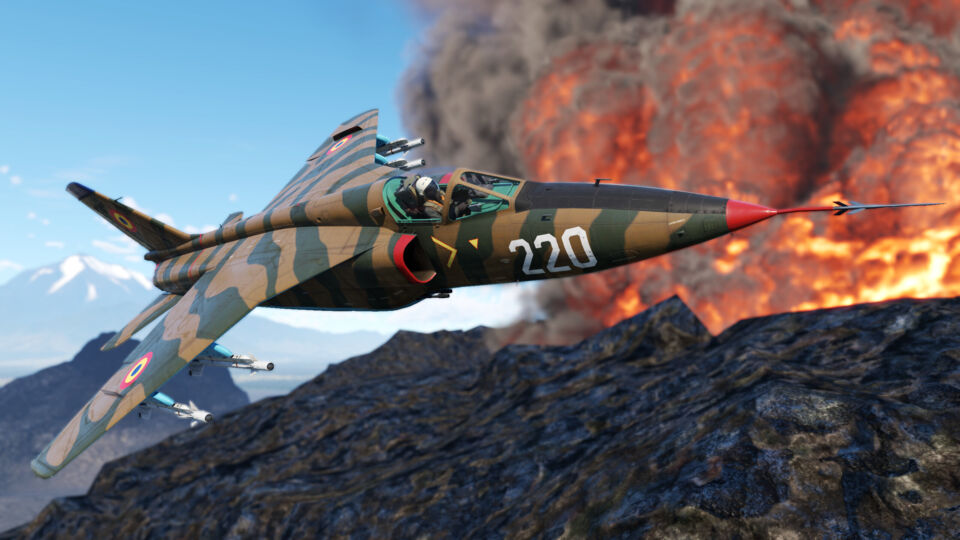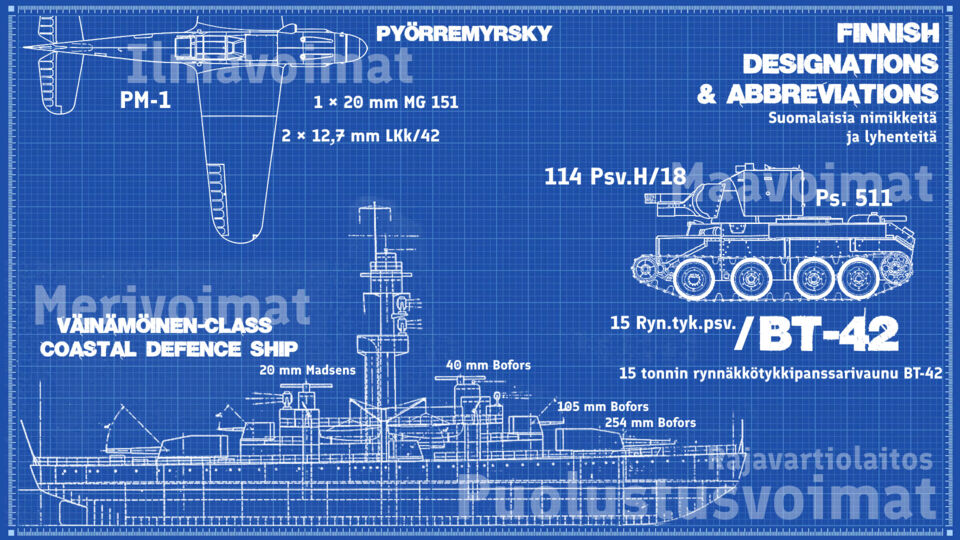The Netz (נץ, or Hawk) is the dedicated Israeli export version of the feared F-16A Block 10 single-seat fighter aircraft. With its large plethora of both air-to-air and air-to-ground ordnance options ranging from the mighty Python to the AGM-65B, it has a loadout for most situations you will come across at this BR. Additionally, its 20 mm M61A1 Vulcan autocannon is a force to be reckoned with, being able to shred any air target it faces with ease. Thanks to its agility and strong thrust-to-weight ratio, the Netz also shines in dogfights, able to hold energy well and out-turn many opponents.
The KV-7 was developed in response to the Red Army’s need for an artillery support vehicle with greater firepower than the T-34 or KV-1. In the game, this self-propelled gun is known for its unique triple-gun arrangement housed in a common mantlet. This setup, combined with its respectable armor, makes it a significant threat to any opponent. But how does one master this machine, considering its distinct characteristics and drawbacks? Let’s find out.
The Type 4 15 cm self-propelled gun Ho-Ro (日本語: 四式十五糎自走砲 ホロ, Imperial Japanese Army Type 4 15 cm self-propelled gun Ho-Ro) was a self-propelled gun (SPG) used by the Imperial Japanese Army during WW2. It was built on the existing chassis of the Chi-Ha medium tank. It was hurried into service, and arrived at the front lines too late to make any lasting impact on Japan’s war effort.
The Gongchen tank would become the first tank in service with the People’s Liberation Army. It helped the army of the Chinese Communist Party in numerous battles, including the siege of Jinzhou. A symbol of the PLA’s humble beginnings and its triumphant, hard-fought revolutionary spirit, paving the way for a modern armored force.
Designed as a joint venture between Romania and Yugoslavia, the IAR-93 Vultur (known in Yugoslavia as the J-22 Orao) was their answer to the SEPECAT Jaguar. First taking to the skies in October of 1974, the IAR-93 was the primary strike fighter of the Yugoslav and Romanian air forces for a time, and even today is still in service with Serbia. In War Thunder, the IAR-93B is a good strike platform, but can also be a deceptively capable fighter if played correctly.
The CV 90105 TML was a conceptualized light tank that resulted from a cooperation between Hägglunds and GIAT on the basis of the CV 90 platform while using various already existing components. The vehicle was showcased at Eurosatory in 1994 and was meant to show the multirole usage and capabilities of the CV 90 chassis. The vehicle underwent in-depth testing, but ultimately no country ever showed interest in the tank, and the project was abandoned.
